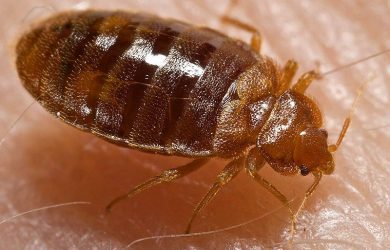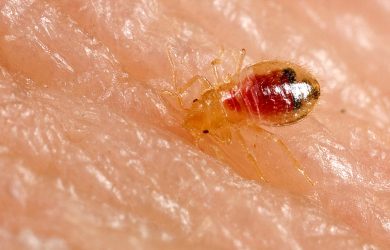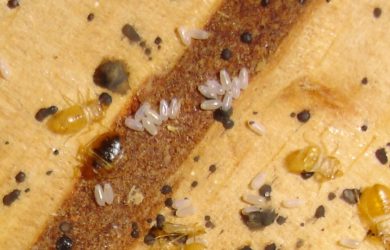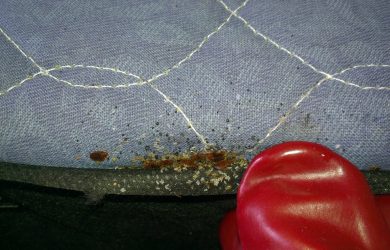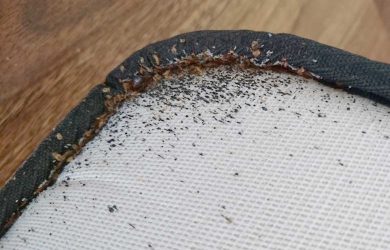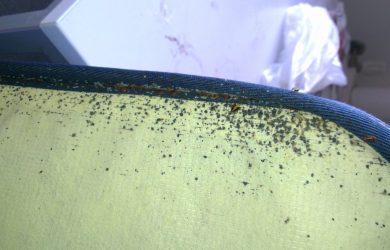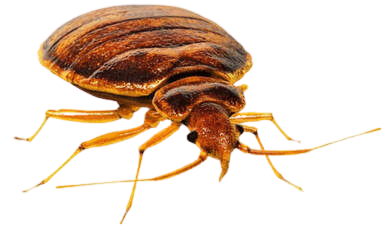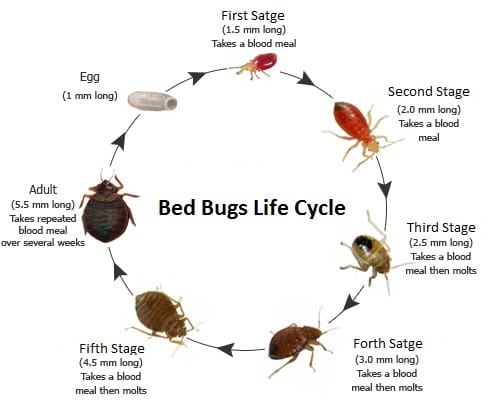BED BUGS REMOVALOur Jobs Are 100% Guaranteed For The Best Results
|
Bed Bugs Removal Coogee
We are specialises in bed bugs extermination in coogee and committed to provide the most effective treatment to your bed bug problems in coogee by working with our trained technicians extensively on bed bugs removal.
Why Choose Us?
✓ Experts in bed bugs habitat and removal ✓ Use high quality products safe for human & plants ✓ 100% Safe and environmentally friendly ✓ No smell after treatment ✓ You can stay home while we are spraying ✓ Free inspection with any treatment ✓ Free pest identification ✓ Free quotes and free Advice ✓ Free report after treatment ✓ Our job is guaranteed for best results ✓ We provide certificates for council purposes |
Experienced Dealing With:
✓ Houses ✓ Apartments ✓ Restaurants ✓ Cafe's ✓ Hotels ✓ Cars ✓ Clubs ✓ Nursing Homes ✓ Schools ✓ Childcares ✓ Warehouses |
We Use Inspection Cameras to Determine if you have Bed Bugs
Our Technicians Are Skilled, Extensively Trained And Experienced Professional Bed Bugs Exterminators
Bed bugs are very good at hiding. Even if you have cleaned or vacuumed your bed, furniture, clothing and other personal effects, bed bug colonies may still be thriving under your carpet, in your walls or in other inaccessible areas of your home. Do not attempt to eradicate bed bugs using areosol spray or cleaning products, this triggers them to spread to other rooms. Throughout the time you attempting home remedies they will multiply. Fastest & Safest way to kill bed bugs is to contact a Bed Bugs Expert. |
Identifying Bed Bugs
Adult bed bugs are 5mm long. Before feeding they are a flattened oval shape and light brown, but become rounder and darker Adult bed bugs are approximately 5 mm long. Before feeding they are a flattened oval shape and light brown, but become rounder and darker after feeding.
Bed bugs do not have wings, but can crawl relatively fast.
A bed bug can complete its development from an egg to and adult in as little as 1 month. A single female can potentially produce 200-500 eggs in her lifetime. Female bed bugs lay from one to twelve eggs per day, and the eggs are deposited on rough surfaces or in crack and crevices. The eggs are coated with a sticky substance so they adhere to the substrate. Eggs hatch in 6 to 17 days, and nymphs can immediately begin to feed. They require a blood meal in order to molt. Bed bugs reach maturity after five molts. Developmental time (egg to adult) is affected by temperature and takes about 21 days at 86° F to 120 days at 65° F. The nymphal period is greatly prolonged when food is scarce. Nymphs and adults can live for several months without food. The adult’s lifespan may encompass 12-18 months. Three or more generations can occur each year.
Adult bed bugs can survive approximately 1 year without feeding; immature bed bugs (nymphs) can go 3-4 months without feeding. Bed bugs are nocturnal, lured from their hiding spots at night by the warmth of our bodies and carbon dioxide in our breath as we sleep.
They are typically found in bedrooms, hiding in cracks and crevices during the day. However, they can also be found in other places, such as the living room, where people tend to spend large amounts of time. The most common shelters for bed bugs are in the seams of mattresses, in crevices in the bed frame, behind furniture surrounding the bed (especially the headboard) or where the wall meets the floor.
A more established infestation is associated with dark or black staining of the mattress from bed bug excrement. Some reports suggest that an established bed bug infestation will also be associated with an unpleasant odor.
Adult bed bugs are 5mm long. Before feeding they are a flattened oval shape and light brown, but become rounder and darker Adult bed bugs are approximately 5 mm long. Before feeding they are a flattened oval shape and light brown, but become rounder and darker after feeding.
Bed bugs do not have wings, but can crawl relatively fast.
A bed bug can complete its development from an egg to and adult in as little as 1 month. A single female can potentially produce 200-500 eggs in her lifetime. Female bed bugs lay from one to twelve eggs per day, and the eggs are deposited on rough surfaces or in crack and crevices. The eggs are coated with a sticky substance so they adhere to the substrate. Eggs hatch in 6 to 17 days, and nymphs can immediately begin to feed. They require a blood meal in order to molt. Bed bugs reach maturity after five molts. Developmental time (egg to adult) is affected by temperature and takes about 21 days at 86° F to 120 days at 65° F. The nymphal period is greatly prolonged when food is scarce. Nymphs and adults can live for several months without food. The adult’s lifespan may encompass 12-18 months. Three or more generations can occur each year.
Adult bed bugs can survive approximately 1 year without feeding; immature bed bugs (nymphs) can go 3-4 months without feeding. Bed bugs are nocturnal, lured from their hiding spots at night by the warmth of our bodies and carbon dioxide in our breath as we sleep.
They are typically found in bedrooms, hiding in cracks and crevices during the day. However, they can also be found in other places, such as the living room, where people tend to spend large amounts of time. The most common shelters for bed bugs are in the seams of mattresses, in crevices in the bed frame, behind furniture surrounding the bed (especially the headboard) or where the wall meets the floor.
A more established infestation is associated with dark or black staining of the mattress from bed bug excrement. Some reports suggest that an established bed bug infestation will also be associated with an unpleasant odor.
Bed Bug Bites
Bed bug bites are unlikely to wake the victim. They can occur anywhere on the body but are often close to blood vessels near the skin. A single bed bug may bite more than once around the same area. However, bites in different parts of the body may indicate being bitten by several bed bugs.
Symptoms of bed bug bites vary between individuals. Early in a bed bug infestation, the victim may not yet be sensitized to the bites and therefore may not develop itchy welts. However, small droplets of blood on the sheets may indicate the presence of bed bugs.
Sources of Bed Bug
InfestationsBed bugs usually enter a property carried on clothing, luggage or furniture.
The most common source of bed bugs is to stay at a hotel with an infestation. Bed bugs or their eggs get into clothing or suitcases and are then transported home.
It is important to check for signs of bed bugs prior to staying in your hotel room. If there are any signs of bed bugs when staying at a hotel, particularly being bitten when sleeping or seeing blood spots on sheets, take great care in bringing your personal belongings home. If you suspect bed bugs, hotel staff should be immediately notified.
Consult with hotel management to assess the risk – it may be necessary to launder, fumigate or treat clothes to ensure they are safe. We advise either placing belongings in the freezer or laundering in hot, soapy water and drying in high heat. When moving belongings that may be infested, you should place them in a large garbage bag to lessen the chance of spreading bed bugs throughout your home.
You should also inspect all furniture and mattresses that are brought into your home
Bed bug bites are unlikely to wake the victim. They can occur anywhere on the body but are often close to blood vessels near the skin. A single bed bug may bite more than once around the same area. However, bites in different parts of the body may indicate being bitten by several bed bugs.
Symptoms of bed bug bites vary between individuals. Early in a bed bug infestation, the victim may not yet be sensitized to the bites and therefore may not develop itchy welts. However, small droplets of blood on the sheets may indicate the presence of bed bugs.
Sources of Bed Bug
InfestationsBed bugs usually enter a property carried on clothing, luggage or furniture.
The most common source of bed bugs is to stay at a hotel with an infestation. Bed bugs or their eggs get into clothing or suitcases and are then transported home.
It is important to check for signs of bed bugs prior to staying in your hotel room. If there are any signs of bed bugs when staying at a hotel, particularly being bitten when sleeping or seeing blood spots on sheets, take great care in bringing your personal belongings home. If you suspect bed bugs, hotel staff should be immediately notified.
Consult with hotel management to assess the risk – it may be necessary to launder, fumigate or treat clothes to ensure they are safe. We advise either placing belongings in the freezer or laundering in hot, soapy water and drying in high heat. When moving belongings that may be infested, you should place them in a large garbage bag to lessen the chance of spreading bed bugs throughout your home.
You should also inspect all furniture and mattresses that are brought into your home

